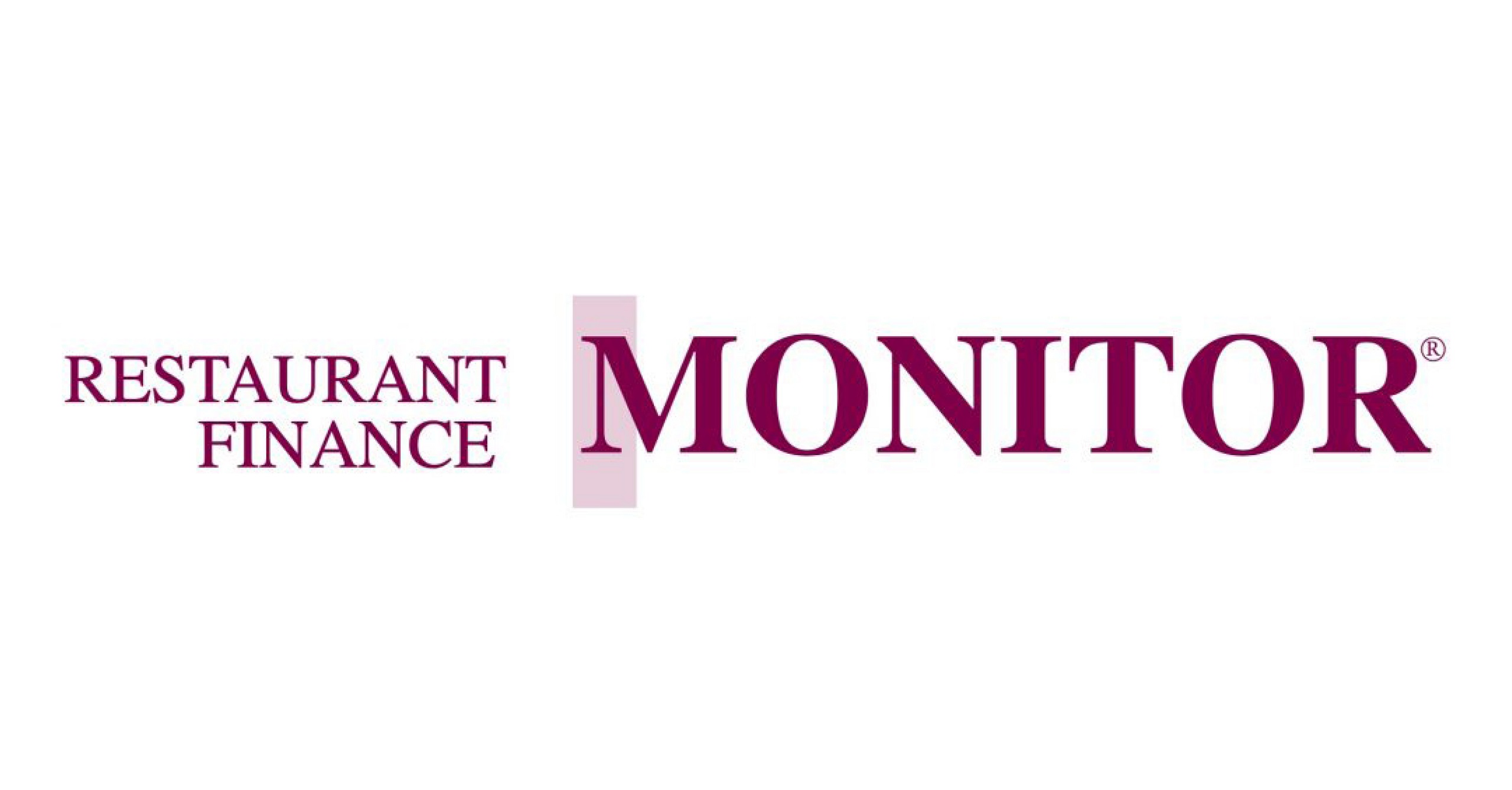Lately, we’ve seen a growth in the number of restaurant companies either getting ready or already actively involved in the process refinancing their senior debt. There has been some hesitation due to interest rates that remain high: Borrowers who have a favorable interest rate are waiting to refinance when we see lower rates.
The need to refinance may be accelerating, however, if the business owner has decided it’s time to expand and needs to refinance growth with embedded equity. In either scenario, here are some key points to consider in preparing to refinance your debts.
1. The right legal structure: Make sure your legal structure clearly separates the assets and concepts that will be available for refinancing. Be wary of cross collateralization, particularly among different concepts. This is important, in part, because lenders have become much pickier about the concepts they’ll finance. We’ve seen lenders that specialize in restaurants decide they no longer want to finance a significant restaurant chain if it isn’t a franchise. So it’s important that you structure non-franchise assets in a separate entity. In terms of structure, place the real estate in separate entities so you have options after you complete the refinancing, such as a sale-leaseback or even a like-kind exchange. If you plan to take a distribution after the refinance, make sure the entity has enough basis to make a tax-free distribution.
2. Clean up the financials: It’s always important to clean up balance sheets and P&Ls so they adequately reflect the economics of the company. Starting with balance sheets, clean up such things as shareholder or intercompany loans. Make sure your equity is clearly stated, and if you have preferred classes of membership or stock that have buyout obligations, this associated liability must be booked. There are other things to consider, such as deferred compensation and phantom-type ownership that create GAAP liabilities, that must be booked.
As it relates to P&Ls, have financial statements clearly identify the general administrative expenses. Sometimes using a management company or applying a percentage of sales can be helpful so you have a reasonable management fee, usually in the 3% to 6% range. Owner’s personal expenses or extraordinary expenses should be reclassified and, if necessary, shown as distributions.
3. Look at Your Ability to Leverage. Given shorter amortization and with the current interest rates, make sure you calculate your proforma fixed charge coverage ratio (FCCR) and also find out what kind of cashflow coverage a prospective bank is expecting so you can see if you meet these expectations. Also realize the difference between the FCCR and Debt Service Coverage Ratio (DSCR). The FCCR measures a company’s ability to cover fixed charges, such as lease payments, while a DSCR measures a company’s ability to cover its debt obligations, including principal and interest payments.
Additionally, look at the liquidity the lender may require and the leverage requirements of debt to equity. You don’t want to violate covenants. Further, if you are a franchise company, check your franchise agreements and expirations dates, along with your lease terms, to see if these dates exceed the term of the debt. You also need to understand from your franchisor what kind of remodel obligations you’ll have during the term of the debt repayment so you can have the refinancing or liquidity to satisfy those obligations.
4. How do I find the right bank? If you can wait until November, I’d recommend you attend the Restaurant Finance & Development Conference in Las Vegas where all the potential lenders will be. In the meantime, start with your existing lenders and others that have made loans to your franchise system. If you are at a fairly high loan amount, there are lenders that like loans over $30 million or $40 million dollars. There are other creative approaches, including institutional financing and multiple-tranche financing, which is a combination of equity, mezzanine and/or debt. So, you need to find a lender that has the products you are looking for, including sale/leasebacks. If real estate is available, a sale/leaseback can be a good way to combine with a refinancing or acquisition financing. Talk to your fellow franchisees and other people who are in a similar situation for their input. Don’t forget to include your CPA and attorney in these discussions.
But just because financing is available doesn’t mean you should jump in with both feet. Make sure you are ready for a refinancing and be realistic as to satisfying on a proforma basis the expected cash-flow covenants.
Finally, look at prepayment options, interest rate hedges and minimization of personal guarantees. And most of all, channel that inner optimist and plan for a better future with hopefully, lower rates.
From the April 2024 issue of Restaurant Finance Monitor
Author
-

Co-founder and chairman of Monroe Moxness Berg PA, Dennis is a pioneer in corporate financing with a broad network of finance contacts and clients. He assists businesses, from emerging companies to multi-national firms, by providing creative ideas, identifying unique financing sources, and developing the financial tools necessary for their growth and development.
